- REC Group
- Kovsteel
- Steelmet
- A-Glass
- RPG Recycling
- Gelpo
- ASSCO
- Egoe Noba
- DZO
- A-Orto
- Kovozoo
- RPG Recycling
- Pavel Hartman
Giving Tyres A New Life: Inside RPG Recycling’s Drive For A Greener Tomorrow
- By Nilesh Wadhwa
- September 01, 2025
In the mountainous heart of Central Europe, a quiet industrial revolution is unfolding – where discarded tyres are reborn as high-performance materials for modern infrastructure, sport, construction and more. Leading this transformation is RPG Recycling, a Czech company and a flagship member of the REC Group, which has positioned itself at the forefront of tyre recycling and sustainable rubber innovation.
When you step into the industrial heart of RPG Recycling in the Czech Republic, it is immediately clear that this is not just another waste management facility. Here, unwanted tyres are transformed from a mounting environmental burden into valuable resources serving industries across Europe and beyond.
RPG Recycling is part of the Czech-based conglomerate REC Group, which houses companies such as Kovsteel, Steelmet, A-Glass, RPG Recycling, Gelpo, ASSCO, Egoe Noba, DZO, A-Orto and Kovozoo.
Interestingly, for the tyre industry RPG Recycling, Gelpo, Assco and Egoe Noba together provide complete treatment of waste from SBR (Styrene Butadiene Rubber) rubber & EPDM (Ethylene propylene diene monomer) rubber from the collection through crushing to production of final products. In an exclusive interaction with Tyre Trends, Pavel Hartman, Executive Director of RPG Recycling, Gelpo, Assco and Egoe Noba, shares the details.
“Tyre recycling is more than just a process – it’s a commitment to sustainability and resource maximisation,” explained Hartman.
THE ART AND SCIENCE OF TYRE RECYCLING
Hartman shared that RPG’s operations span the entire lifecycle of tyre waste. “Our facility is equipped with an advanced fleet of vehicles, ELDAN recycling lines, granulation equipment, shredders, tyre cutters and even oversized tyre cutters. This technology allows us to handle everything from initial collection to final processing with unmatched versatility,” he said.
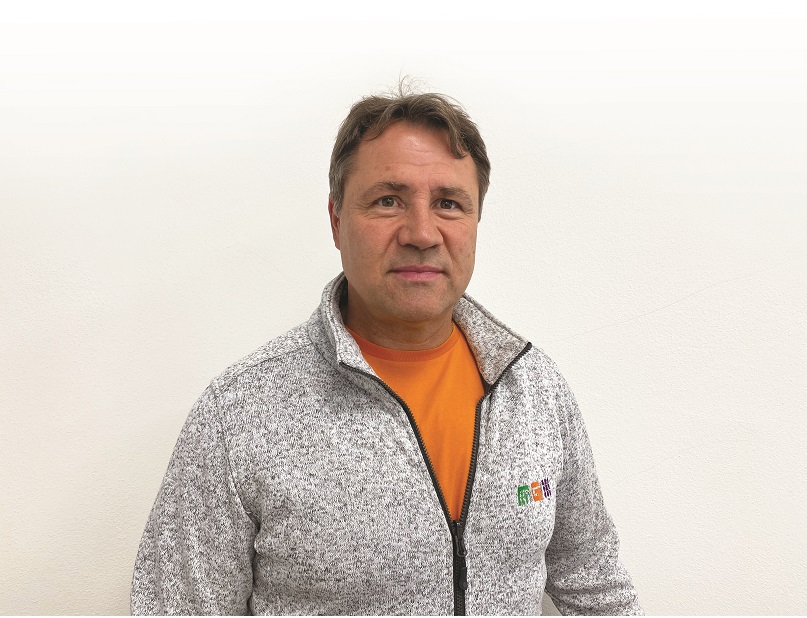
Every step is tightly controlled. “We manually sort and select tyres from the Czech and Slovak markets, ensuring consistent quality enters the granulate processing phase,” Hartman said. Sophisticated sorting ensures only the best input for further recycling. Tyres are then resized, shredded, granulated and separated into constituent materials.
The mainstay of RPG Recycling is the production of rubber granulate – a key raw material for industries ranging from construction to sport. “The primary output is rubber granulate, which becomes everything from industrial and construction panels to base layers for sports facilities. We are proud to supply the raw material behind products that deliver safety, noise reduction and durability,” said Hartman.
A closer look at RPG’s data underlines this impact: in 2024 alone, the company handled nearly 56,000 tonnes of tyres and processed enough rubber to give a new lease of life to materials from over half a million households.
But rubber is only part of the story. “A secondary output is steel fibre, primarily directed to the metallurgical industry, while textile fibre is used for energy recovery,” noted Hartman. For tyres unsuited to granulate production, RPG ensures nothing is wasted, “They are resized and used in the energy sector, contributing as alternative fuel.”
Gelpo, a sister company, pushes these materials even further, manufacturing anti-vibration panels for construction, noise barriers for transport and robust sports surfaces. “At Wenceslas Square in Prague, our anti-vibration mats made from 6,667 recycled tyres span an area equivalent to eight swimming pools,” Hartman shared, illustrating the real-world scale of their output.
He further mentioned that maintaining consistently high standards is a non-negotiable aspect for the company.
“We operate a sophisticated quality management system, overseeing everything from tyre reception to the final stage of rubber granulate production. Daily quality control checks focus on cleanliness, density and structure,” explained Hartman. He underscores that the process extends to the preparation of specific product batches according to the type and cleanliness of input tyres.
Looking ahead, he shared, “We’re developing a second recycling line to increase capacity and output quality. On the technology side, we plan to adopt new components that simplify operations and further refine our granulate.”
RPG Recycling is also actively advancing the principles of the circular economy. “By transforming waste tyres into secondary raw materials, we are reducing dependence on primary resources – like new rubber – and ensuring that fewer tyres end up in landfills or incinerators,” Hartman stresses. A unique feature is the ability to regranulate old rubber products, reincorporating them into new manufacturing cycles and eliminating landfill waste.
This holistic approach is reflected throughout the REC Group, where companies like Assco and Gelpo work together to collect EPDM and SBR rubber waste, process it and return it to market as high-performance materials.
Sustainability is quantifiable at RPG; it is not just the end-product but also the process itself.
“Our photovoltaic power plants alone have reduced emissions by 555 tonnes of CO2 annually, equivalent to planting over 37,000 trees,” Hartman highlights. In total, through the use of secondary raw materials, RPG, Assco and Gelpo together have delivered emission savings of over 24,000 tonnes of CO2 per year.
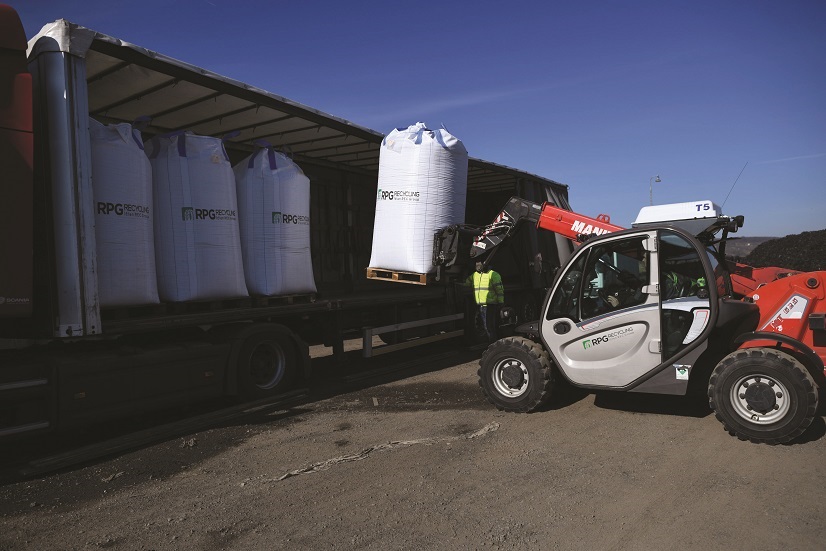 The group’s modernisation efforts extend to cleaner production and close cooperation with environmental authorities and research institutions. “We participate in expert groups like European Tyre & Rubber Manufacturers Association (ETRMA), EURIC (European Recycling Industries’ Confederation) and ESTC and support new applications for recycled materials,” said Hartman. He noted initiatives such as eco-friendly noise barriers, which integrate recycled rubber for both environmental and social benefit.
The group’s modernisation efforts extend to cleaner production and close cooperation with environmental authorities and research institutions. “We participate in expert groups like European Tyre & Rubber Manufacturers Association (ETRMA), EURIC (European Recycling Industries’ Confederation) and ESTC and support new applications for recycled materials,” said Hartman. He noted initiatives such as eco-friendly noise barriers, which integrate recycled rubber for both environmental and social benefit.
Of course, recycling tyres is not without hurdles. “Energy costs remain significant, so we responded by launching solar generation, cutting usage by 10 percent,” revealed Hartman. He points to market and regulatory headwinds, “There’s a lack of clear standards for recycled rubber products and, in some cases, insufficient market support for end products made from secondary materials. These factors impact competitiveness, especially in price-sensitive sectors.”
Still, he maintains an optimism for the tyre recycling. Hartman is keen to point out ongoing dialogue with tyre manufacturers and the tyre industry’s gradual adoption of reclaimed rubber and pyrolytic products as a route to closing the circular economy loop.
VISION FOR THE FUTURE
Expansion and innovation are central to RPG’s future plans. “We are building a new line to increase rubber granulate capacity and working with Gelpo to diversify applications and enter new markets,” Hartman shared.
While RPG does not currently collaborate with Indian partners, global dialogue and technological advancement are clearly on the horizon.
For Hartman and the RPG team, the mission is clear, “We give tyres a new life, protect nature and use every resource to its fullest.” And looking from both the data and the impact felt across construction, sport and industry, the Group seems to be on a mission set to steer the sector towards a more sustainable future. n
Law Hieling Elected To GPSNR Executive Committee
- By TT News
- December 17, 2025
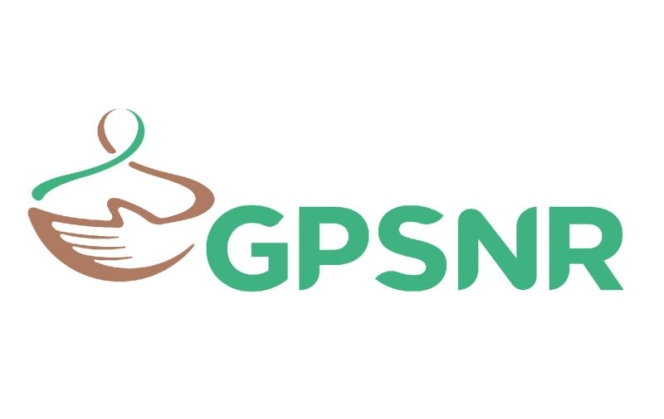
Following the 2025 General Assembly, Law Hieling has been elected to the Global Platform for Sustainable Natural Rubber (GPSNR) Executive Committee to represent the Manufacturer category. His 27-year international career at Michelin, encompassing roles in finance, commercial sales, distribution and his current leadership in natural rubber purchasing, provides a profound, ground-level understanding of the global tyre industry.
This extensive background has given him a clear appreciation for the intricate balance between commercial needs and ecological responsibility. He is committed to leveraging this perspective to help drive the collaborative, transparent and equitable solutions that are essential for a genuinely sustainable natural rubber value chain, benefiting both people and the planet.
Hieling said, “I look forward to contributing to the work of the Executive Committee in advancing responsible practices across the natural rubber sector.”
From Tyre Waste To Sustainable Infrastructure: IIT Bombay’s Vision For A Greener Future
- By Nilesh Wadhwa
- December 17, 2025
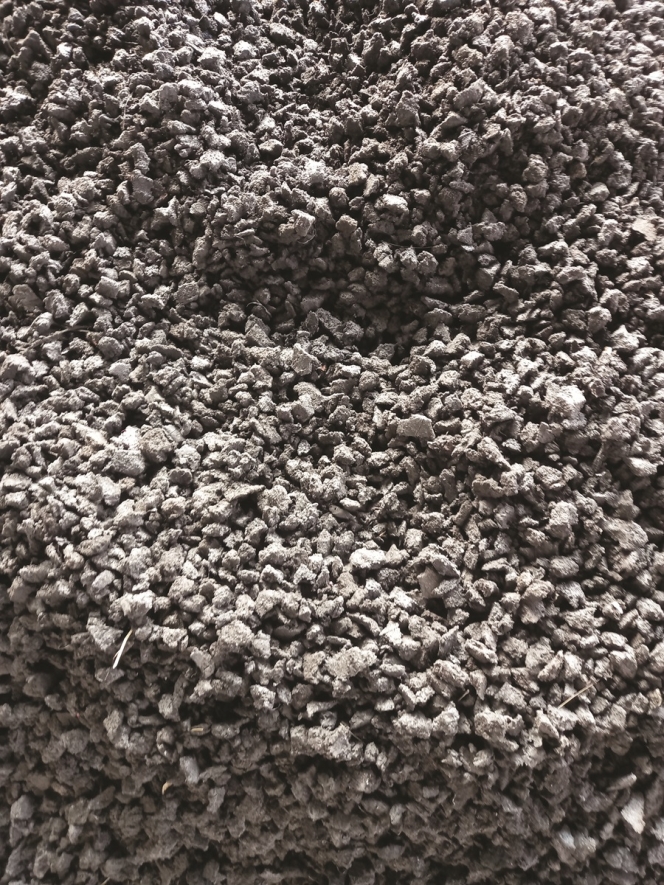
As the world grapples with the environmental challenges of discarded tyres, IIT Bombay researchers are developing sustainable solutions by repurposing waste rubber into innovative construction materials. Nilesh Wadhwa reports on how their work not only aims to mitigate landfill waste but also offers unique thermal, electrical and structural benefits for future infrastructure.
With over a billion tyres discarded globally each year, the world faces an escalating crisis in managing tyre waste. Beyond the mounds of rubber in landfills, the environmental and health hazards from tyre degradation, microplastics and toxic emissions are profound. However, a team of researchers at the Indian Institute of Technology (IIT) Bombay is charting a sustainable path forward. By transforming waste tyres into innovative construction materials – Rubcrete, which is a form of concrete mixed with shredded waste tyres. This is said to not only provide strength to the material but also make it more environmentally friendly. The idea is to turn an environmental problem into a valuable resource for civil engineering.
In an interaction with Tyre Trends, Prithvendra Singh, a principal researcher at IIT Bombay, explained the motivations behind this ground-breaking research. “The main aim of this research was to address the dual challenge of excessive end-of-life tyre (ELT) accumulation and the unsustainable depletion of natural aggregates due to ever-rising demand in infrastructural development,” he stated.
By converting waste rubber into engineered rubber aggregates (RA) and rubber-plastic blends (RPB), the team seeks to not only reduce landfill dependency but also enhance the sustainability of construction materials.
This pioneering approach is timely. The sheer scale of tyre waste, with millions of tonnes generated annually, has far-reaching consequences. Tyres are durable, non-biodegradable and pose serious fire hazards.
“One of the most overlooked issues is the generation of microplastics and toxic volatile compounds through tyre wear and tear, degradation, weathering or fires. Landfilled rubber fires can take months to extinguish and result in the emission of carcinogenic gases. These pose risks to human health and ecosystems, and their long-term contamination potential – especially via water, soil and air – is often overlooked in conventional waste management frameworks,” emphasised Singh.
FROM LAB TO FIELD
The IIT Bombay team’s research has revealed promising properties in both RA and RPB, which could revolutionise the use of secondary materials in civil engineering.
Singh elaborated on the mechanical characteristics, “RA and RPB exhibit significantly lower stiffness and higher deformability than natural aggregates, which makes them suitable for specific geoenvironmental applications but limits their use under high structural loads.”
 While these properties may exclude them from load-bearing infrastructure, they open up opportunities in other areas. “Despite their lower mechanical strength, both materials demonstrate promising insulation characteristics and environmental safety under controlled conditions,” Singh added.
While these properties may exclude them from load-bearing infrastructure, they open up opportunities in other areas. “Despite their lower mechanical strength, both materials demonstrate promising insulation characteristics and environmental safety under controlled conditions,” Singh added.
Thermal and electrical insulation capabilities are where these materials truly shine. “Both RA and RPB have superior thermal resistivity compared to standard sand, confirming their suitability for thermal insulation. Electrically, dry RPB shows the lowest conductivity, making it highly suitable for electrical insulation applications. Both materials also act as excellent dielectric materials over a broad frequency range,” Singh explained.
These characteristics make them ideal for construction projects where insulation and resistance to extreme temperatures or electrical fields are critical, such as in utility corridors or specialised building applications.
However, the journey from laboratory research to real-world applications is not without its challenges. “The lower stiffness of RA leads to higher vertical deformation under applied loads, making them less suitable for high-load applications such as base layers of highways,” Singh pointed out.
“However, they are ideal for lightweight fill applications like embankments or drainage layers, where flexibility and energy absorption are more beneficial than stiffness,” he added.
This insight highlights the potential for using RA and RPB in applications where traditional materials fall short, such as in earthquake-prone regions or on unstable soils where flexibility can mitigate damage. The process of creating RA and RPB depends heavily on the methods used to shred and process waste tyres.
SHREDDING METHODS: BALANCING COSTS AND PERFORMANCE
Singh outlined the pros and cons of various shredding technologies. “Ambient shredding is cost-effective but produces rough-surfaced particles, which exhibit better interaction in cement and polymer composites,” he noted. “Cryogenic shredding yields smoother particles with a broader size distribution but poorer bonding characteristics, and the created particles are generally suitable for turf or sports surfaces. Water-jet grinding offers finer control over particle size but comes at high energy and equipment costs.”
Each method results in materials with distinct properties, influencing their performance in construction applications.
Real-world validation is a crucial step in advancing this technology. To this end, IIT Bombay has partnered with GRP India, a leader in rubber recycling.
“We are currently collaborating with GRP to venture into production and field applications of these sustainable aggregates,” Singh revealed. “This partnership provides a foundation for scaling up through industrial-grade shredding, blending and real-world performance validation.”
These collaborations not only bring academic research closer to commercial implementation but also offer a model for future partnerships between academia and industry.
Of course, environmental safety remains a central concern in adopting new construction materials, especially those derived from waste. Leaching of metals and organic contaminants can pose long-term risks if not properly managed.
Singh’s team addressed these concerns through rigorous testing. “ICP-AES analysis showed that heavy metals like Pb and Zn are present in low concentrations, well within permissible limits,” he reported. “Previous studies corroborate that such materials typically stay within permissible toxicity limits under standard conditions. However, long-term leaching behaviour under varied field conditions remains necessary to confirm safety under varying environmental exposures.” This underscores the need for comprehensive testing and monitoring to ensure environmental safety.
THE ROAD AHEAD
Looking forward, IIT Bombay’s research agenda is ambitious. Singh described plans for further experimentation to expand the applications of RA and RPB. “We are currently planning long-term loading-unloading experiments and elevated temperature testing to establish the thermo-mechanical response of RA and RPB under realistic field stresses,” he said. “These experiments aim to address limitations in durability data and expand application potential. Also, future experiments will simulate realistic landfill environments, including interactions with leachate, microbes, humidity and temperature, to understand long-term behaviour.” Such studies will be essential for certifying these materials for broader use in civil engineering.
Could tyre-derived materials eventually replace traditional aggregates in certain applications? Singh is optimistic. “Yes, particularly in non-structural or semi-structural applications such as leachate drainage layers, landfill covers, thermal insulation barriers and lightweight embankments. The lightweight, high porosity and insulation capabilities of the RA and RPB present unique advantages that traditional aggregates cannot provide,” he said.
This vision aligns with global efforts to promote circular economies and reduce reliance on finite natural resources.
Responding to his expectations from the industry, Singh stated that stakeholders need to support the integration of sustainable materials into mainstream construction.
“The message I would like to convey to the academicians, tyre industry stakeholders and policymakers is to embrace innovation through cross-sectoral collaboration. Sustainable solutions like RA and RPB not only offer environmental remediation but also open new markets for green construction materials. With the right policy incentives, certification frameworks and industry support, we can mainstream these materials and accelerate the transition towards a circular, resilient economy,” he said.
IIT Bombay’s work exemplifies how innovative research, when coupled with industry collaboration and policy support, can turn a pressing environmental problem into a sustainable solution. By reimagining waste as a resource, Singh and his team aim to not only address the tyre waste crisis but also lay the groundwork for more resilient and eco-friendly infrastructure in the future.
- Pirelli
- Formula One
- F1 Tyres
- 2026 F1 Season
- Slick Tyres
- Australian Grand Prix
- Chinese Grand Prix
- Japanese Grand Prix
- Suzuka Circuit
- Motorsport Technology
Pirelli Confirms Tyre Compound Selections For Opening Races Of 2026 Season
- By TT News
- December 17, 2025
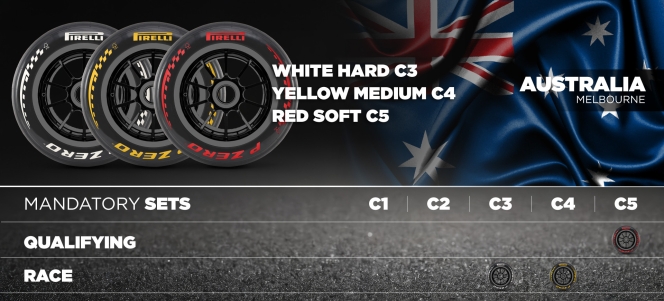
Pirelli has confirmed that all five of its new slick tyre compounds will be used during the first three races of the 2026 Formula One season, beginning with Australia, China and Japan.
The Italian tyre supplier said the compound selections for the opening races mirror the approach taken in 2025, with nominations spanning from the hardest to the softest compounds to suit varying circuit demands.
For the season-opening Australian Grand Prix in Melbourne, scheduled for March 6–8, teams will have access to the C3, C4 and C5 compounds. The same combination in 2024 led to a two-stop race strategy using all three tyres. Earlier this year, however, variable weather conditions limited the use of slicks, with intermediate tyres required for much of the race.
At the Chinese Grand Prix in Shanghai, from March 13–16, Pirelli has selected the mid-range compounds: C2, C3 and C4. The 5.451-kilometre circuit, which was fully resurfaced this year, places average lateral and longitudinal loads on the tyres, with greater wear on the left-hand side of the car. Shanghai will again host the first sprint weekend of the season.
Suzuka, which hosts the Japanese Grand Prix from March 27–29, will require the hardest allocation, with C1, C2 and C3 nominated. The circuit is regarded as one of the most demanding on tyres. In 2025, low track temperatures and reduced graining allowed drivers to complete the race with a single pit stop, whereas higher thermal degradation in 2024 required at least two stops.
Drivers will arrive in Melbourne after an extended pre-season testing programme. The first test will take place behind closed doors in Barcelona from January 26–30, marking the first on-track running of the new tyres on 2026-specification cars. Each team will select three days of running during the five-day test. Two further tests will be held in Bahrain, from February 11–13 and February 18–20.
Pirelli said the use of all five slick compounds across the opening races will allow it to assess performance gaps between the tyres under competitive conditions, as well as their resistance to graining and overheating. The data will be used to inform compound selections for the European rounds later in the season.
- Shandong Dawn Polymer Material
- Ningbo SK Synthetic Rubber
- EPDM Rubber
- Synthetic Rubber
- Elastomers
- Polymer Materials
- China Manufacturing
- Mergers And Acquisitions
- Supply Chain
- Industrial Materials
Dawn Polymer To Acquire 80% Stake In Ningbo SK Synthetic Rubber For Rmb516m
- By TT News
- December 17, 2025
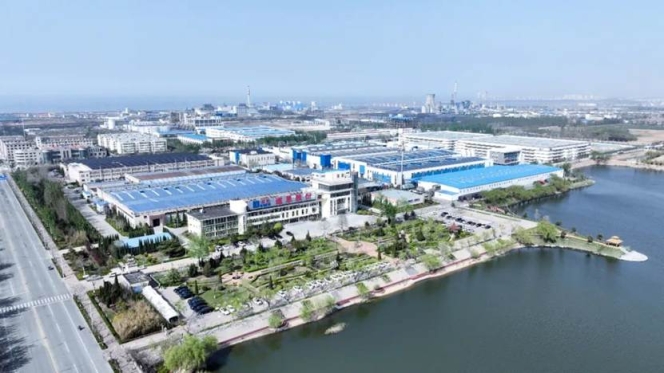
Shandong Dawn Polymer Material Co., Ltd has agreed to acquire an 80 per cent stake in Ningbo SK Synthetic Rubber Co., Ltd for RMB515.97m, as the Chinese polymer materials group seeks to extend its elastomer value chain and strengthen its EPDM rubber capabilities.
Dawn Polymer’s board approved the transaction on 10 December 2025. The company will use internal funds to purchase the stake from SK Geo Centric Investment Hong Kong Limited. Upon completion, Ningbo SK Synthetic Rubber will become a controlled subsidiary and be included in Dawn Polymer’s consolidated financial statements.
The acquisition is subject to shareholder approval but does not constitute a related-party transaction or a major asset restructuring under Shenzhen Stock Exchange rules, the company said.
To support stable operations following completion, certain patents, proprietary technologies and trademarks related to Ningbo SK’s products are expected to be transferred to Dawn Polymer by affiliates of the seller, SK Geo Centric Co., Ltd and/or SK Innovation Co., Ltd. The intellectual property transfer, which has not yet been finalised, is capped at RMB 64.7 m based on an assessment as of 30 June 2025.
Founded in 2012, Ningbo SK Synthetic Rubber is based in the Ningbo Petrochemical Economic and Technological Development Zone. It focuses on the production and sale of EPDM rubber, along with related technical services.
As of 30 June 2025, the company reported total assets of RMB783.0m and net assets of RMB343.8m. Revenue for the first half of 2025 was RMB568.5m, according to audited financial statements.
An asset-based valuation placed the company’s net asset value at RMB647.3m, representing an increase of 88.27 per cent over book value, primarily due to the revaluation of fixed and intangible assets.
Dawn Polymer said the acquisition would enhance its integrated “polymerisation–modification–application” industrial chain. EPDM rubber is a key raw material for the company’s dynamic vulcanisation products, and in-house production is expected to reduce reliance on external suppliers and improve supply chain resilience.
The company cautioned that the transaction remains subject to regulatory approvals and integration risks following completion.


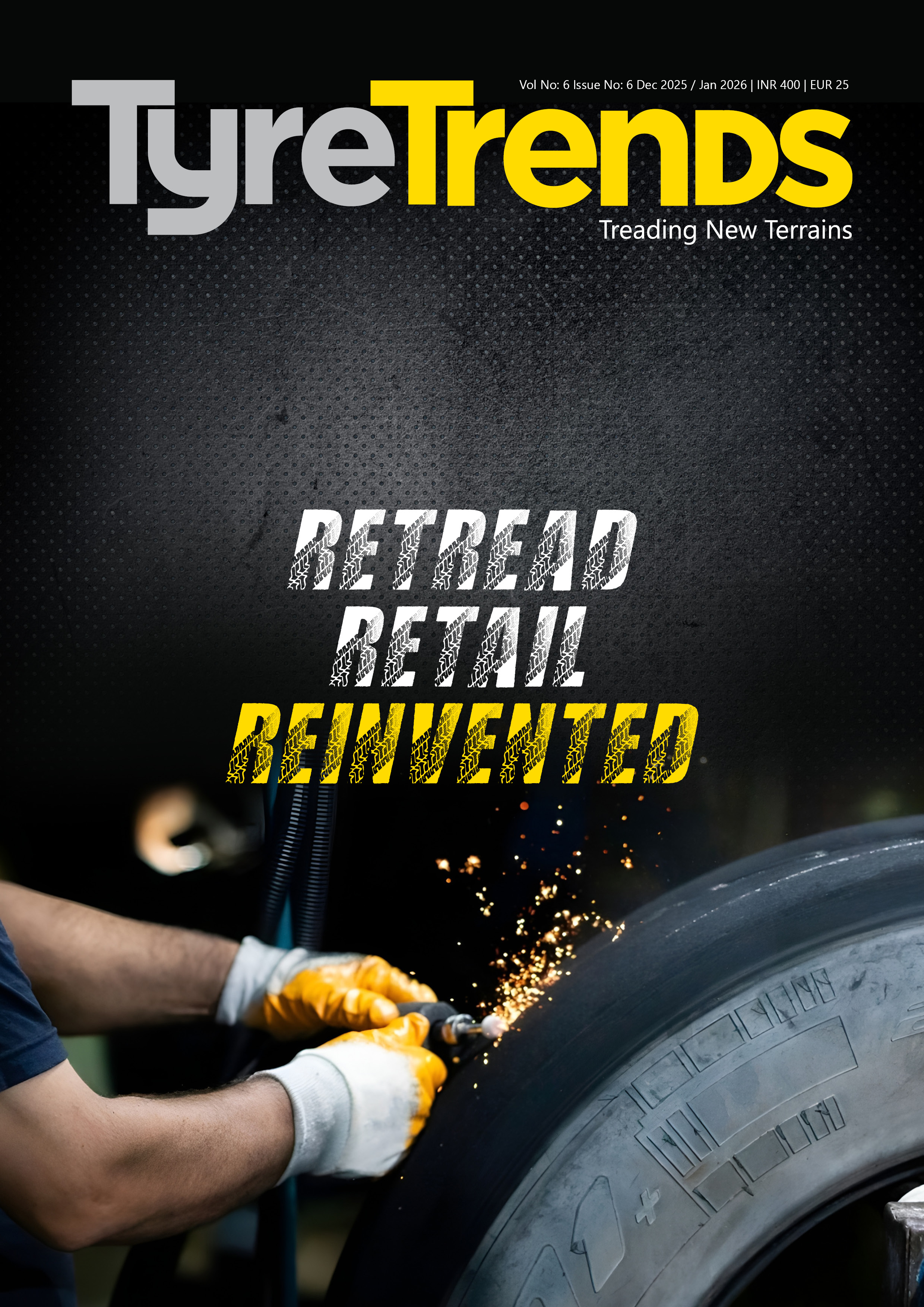
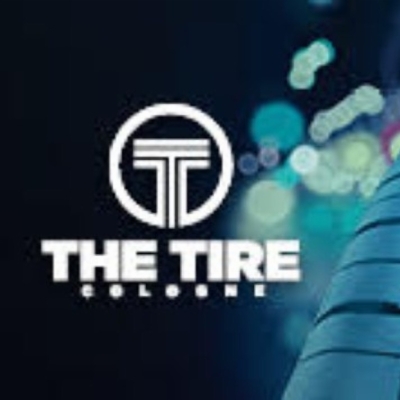


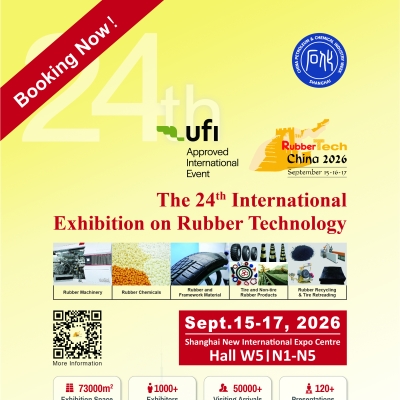
Comments (0)
ADD COMMENT